Balancing Ambient and Artificial Light in Underwater Photography
Balanced light photographs, combining strobe and ambient light, interweave our artistic and technical skills (Nikon D5, Nikonos 13mm fisheye, Subal ND5 housing, dual Inon strobes, f/8, 1/25s, ISO 1600)
By Alex Mustard
It is certainly easiest to take underwater photos using just strobe light or just ambient light. But underwater photography becomes a lot more interesting and gives us far more creative possibilities when we mix these ingredients together. Yes, it makes the endeavor a bit more challenging, but it is also the recipe for much more satisfying images. And since when was producing artistically noteworthy work supposed to be the easiest option?
Mixing light sources opens up many creative possibilities (Nikon D4, Nikonos 13mm fisheye, Subal ND4S housing, dual Seacam strobes, f/20, 1/6s, ISO 250)
The Basics
Balanced light photos mix ambient light and strobe light. It is a technique used extensively by pretty much all underwater photographers with all lenses, although reef wide angle is the classic example. Auto exposure and TTL flash modes will often give passable results, but all photographers should aim to move over to manual exposure for the camera and the strobes to really take artistic control of their photographs.
If you struggle to get these shots right, try thinking of the image as two layers, a strobe-lit foreground and a background illuminated by ambient light. Then deal with the layers one by one.
Think of images in two layers: flash-lit foreground, ambient-light lit background (Nikon D4, Nikon 16mm fisheye, Subal ND4S housing, dual Seacam strobes, f/16, 1/100s, ISO 500)
Once you’ve found a scene, concentrate first on the background. You can turn off your strobes, or just ignore them. Set the aperture you want, somewhere around f/8–f/13, and then adjust your shutter speed until you get the desired water color/exposure. A faster shutter speed gives less time for light to enter the camera and results in darker water. Slowing it down gives more time, and the background water color gets lighter. You can adjust ISO to keep both aperture and shutter speed in the range you want.
Now the background is correct, focus on the strobe-lit foreground. Adjust strobe powers to get the correct flash exposure and then make small adjustments to the strobe positioning and the relative powers of the strobes to produce pleasing lighting.
It is a bit of work to get dialed in, but there is good news. Exposures vary little through a dive because you’re generally shooting from the same distance on similar angles. So once you are set up, you will only be tweaking.
Manual settings can seem daunting, but in reality once we’ve dialed them in, we only need small changes during a dive (Nikon D7200, Tokina 10–17mm fisheye, Subal ND7100 housing, dual Inon strobes, f/8, 1/250s, ISO 200)
Quantity and Quality
In order to work out how best to use our strobes, we should remind ourselves why we use them. Water absorbs the color in light, quickly leaving us in a monochromatic blue world. Reds, pinks and oranges are the first to disappear. Over 70% of the red light that enters the ocean is gone by just 10 feet (3 meters)! Strobes are essential to restore color, but we still want our images to look natural. The audience must be captivated by the subject or scene, and not distracted by the lighting and how the photographer has made the picture.
To achieve this illusion, we need to equalize our light sources. The classic definition of a balanced light underwater photo is one where the foreground strobe exposure matches the background ambient light exposure. However, I believe because we now see our images as we take them (on the LCD screen of our camera), we can push further. I believe we should now strive to balance light both in terms of quantity (exposure) and quality to produce truly outstanding underwater photographs.
A soft, even quality of light allows the viewer to connect with the subject matter without distractions (Nikon D4, Sigma 15mm fisheye, Subal ND4S housing, dual Seacam strobes, f/14, 1/60s, ISO 640, six frame panorama)
The overriding quality of underwater light is that it is soft and diffuse and therefore, for really polished results, we should try and replicate this quality of light with our strobes. This takes some work because underwater photos tend to be taken at close range and this makes lighting harsh. Thus, we need to consider several of the factors below to achieve a soft, attractive, diffuse light with our strobes:
- Big strobes! The larger the light source, the softer the light. Strobes with large circular flash tubes create softer light than strobes with small straight flash tubes.
- Dual strobes. A single strobe can create harsh shadows. When we add a second strobe, as most serious shooters do, the two strobes fill each other’s shadows, creating a softer illumination overall.
- Diffusers. Diffusers act to spread and soften the light. Dome-shaped diffusers spread the light even wider, but they don’t suit all situations. For close focus work, really soft light is good. However, when subjects are more distant, such as schooling fish, then spreading the light too wide simply creates more backscatter and reduces the amount of light reaching the subject.
- Strobes pulled back. Pulling strobes back, so that the front of the strobes are no further forward than the handles of your housing, gives space for the light to spread and soften.
- Positions and powers. The real key to soft, even strobe lighting is the careful and correct positioning and power settings of your strobes. Unless your subject is completely parallel with the camera (and if it is, your composition will be boring), your strobes should not be on exactly the same power.
- This is why TTL doesn’t give a good quality of light because even when the camera calculates the correct amount of light for the frame, the same amount comes from each strobe, so the subject is correctly exposed, but unevenly lit.
Camera-to-subject distance has a massive impact on our strobe powers and positions (Nikon D7200, Tokina 10–17mm fisheye, Subal ND7100 housing, dual Inon strobes, f/18, 1/15s, ISO 200)
Distance and Shape
Strobe positioning for underwater photography is a big subject—I have written a whole book pretty much just covering this!—but I only have space to cover the basic principles here. That said, it is a crucial subject to get obsessive about as a photographer, because getting it right will give your balanced light images a superior quality to others.
The bad news is that there is no one strobe position that works all the time. Instead, the best quality of light comes from using the appropriate strobe positions and powers for the shape and distance of the subject. The good news is that if you take time to think through how lighting works, then the options are logical, and for many, even obvious.
The distance of the subject affects how much strobe power we need and how far from the housing the strobes are positioned. When the subject is close, the strobes should be close to the housing and on lower powers. When the subject is far away, the strobes will be on higher powers and further out from the housing, so that they don’t light up the particles in the water between the camera and the subject and create backscatter.
When subjects are close (like the ghost pipefish in the previous image), the strobes must be pulled in very close. When subjects are more distance, like these schools, strobes should be out on long arms (Nikon D4, Nikonos 13mm fisheye, Subal ND4S housing, dual Seacam strobes, f/11, 1/250s, ISO 250)
The shape of the subject determines where we position the strobes around the housing. If the subject is free swimming in open water, or a flat vertical shape, then our strobes need to be either side of the housing in 9 and 3 o’clock positions. The positions conveniently become 12 and 6 o’clock when we rotate the camera to shoot verticals. As the shape of the subject becomes flatter, so the strobes need to lifted up to increase the light penetration into the scene, first to 10 and 2 o’clock and then high above the housing as “rabbit ears,” when the scene is a flat horizontal plane.
It is important to appreciate that although it is easiest to talk about strobe placement in symmetrical positions, real-world subjects and the best compositions usually require strobes in asymmetric positions and/or with uneven powers to produce desirable, soft, even illumination.
Being a lighting obsessive doesn’t stop there; instead, we should be reviewing and adjusting throughout. The LCD screen on the back of your camera is not for admiring what you have just shot—it is for criticizing it. Criticize your work while you are in place to do something about it. The final step to achieving a standout result is to fixate on your lighting and examine each shot for areas of hotspots and shadows, fine-tuning your strobe positions and powers to eradicate them. This is the route to the highest quality of balanced light photos.
Real-world subjects are often complex. Here, the wreckage on the left is much closer than the diver on the right. So my left hand strobe was pulled in close and on low power, while my right hand strobe was pushed out on higher power, to create an evenly illuminated scene (Nikon D5, Nikonos 13mm fisheye, Subal ND5 housing, dual Inon strobes, f/11, 1/40s, ISO 400)
Alex Mustard is a multi-award-winning underwater photographer, who runs highly popular workshops at the top diving destinations worldwide. In 2016, he published two books, Underwater Photography Masterclass and Secrets of the Seas—both are widely available in print and digital editions.
RELATED CONTENT
Featured Photographer

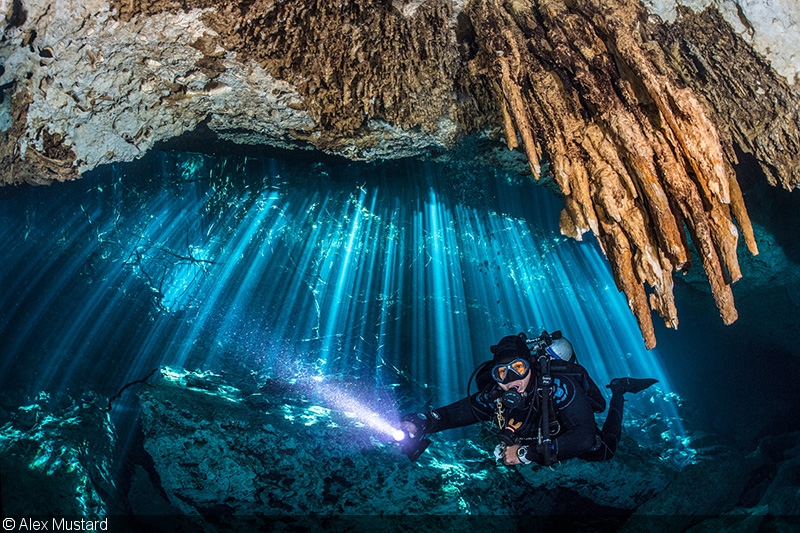
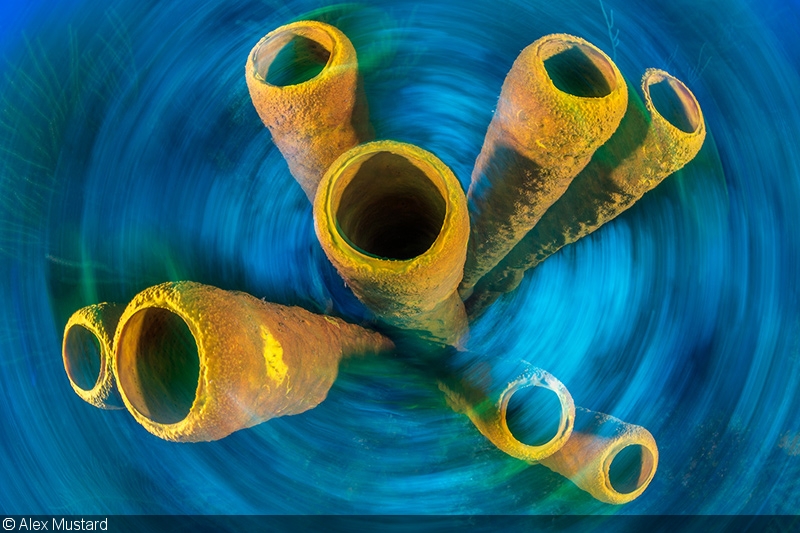

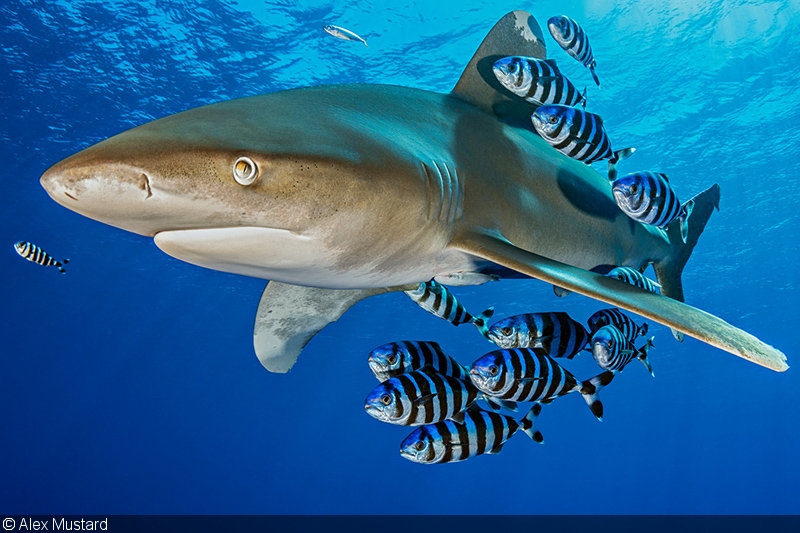
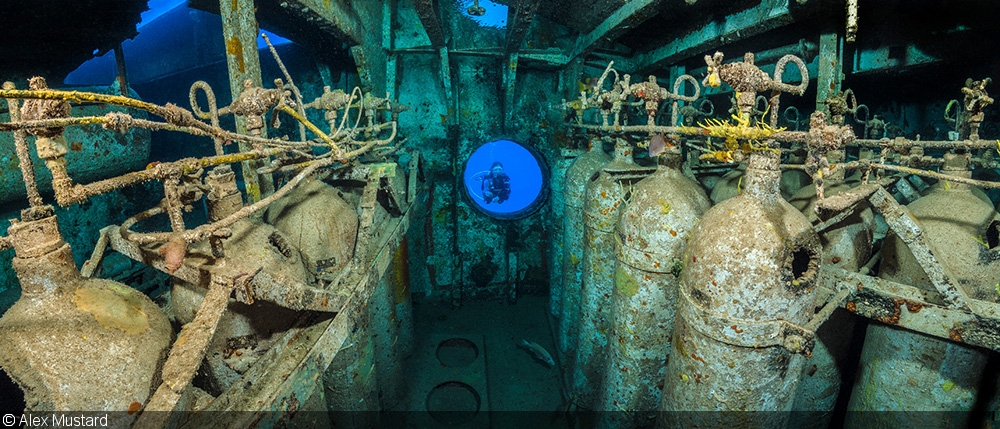
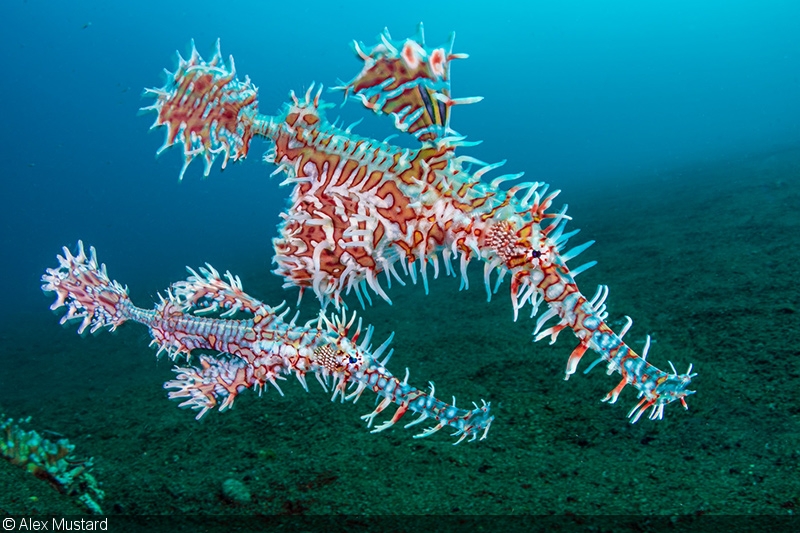
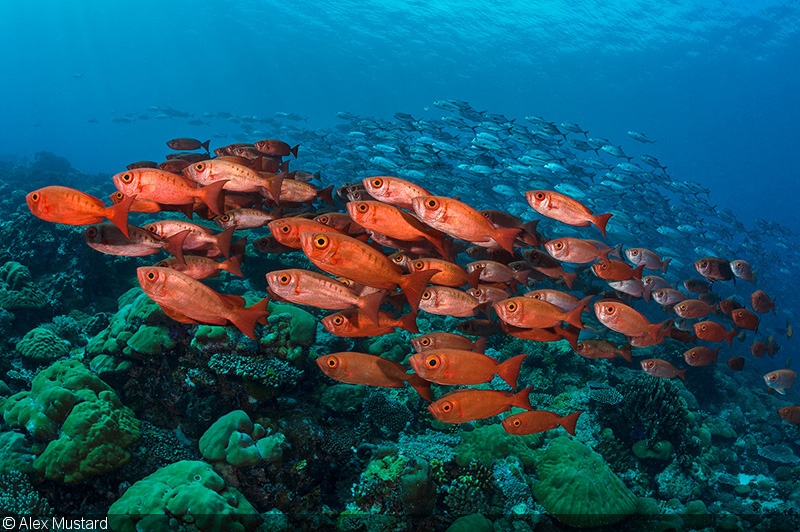
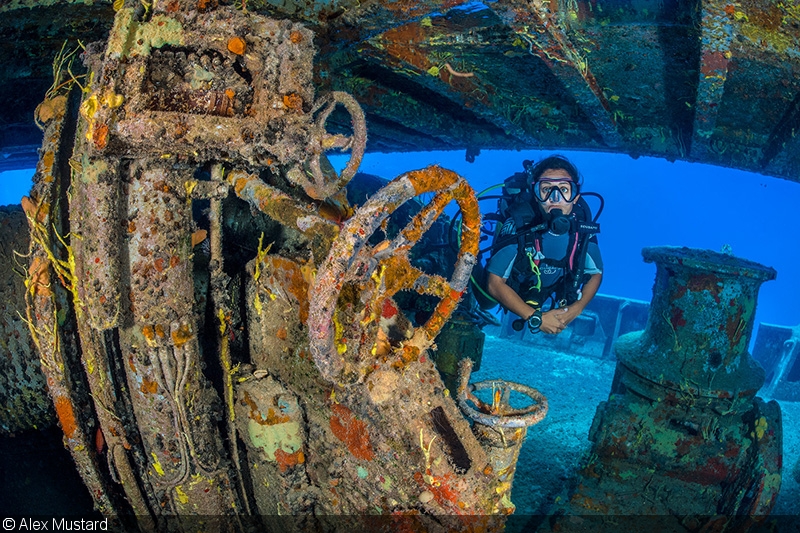
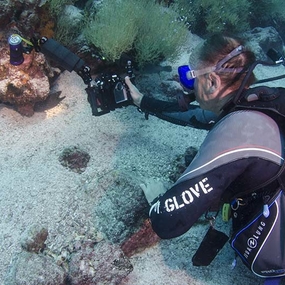
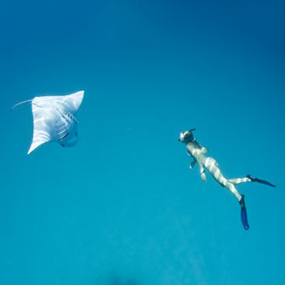
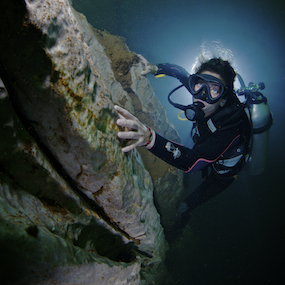

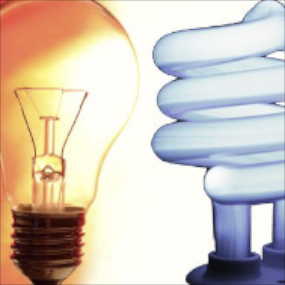
 Antarctica
Antarctica




